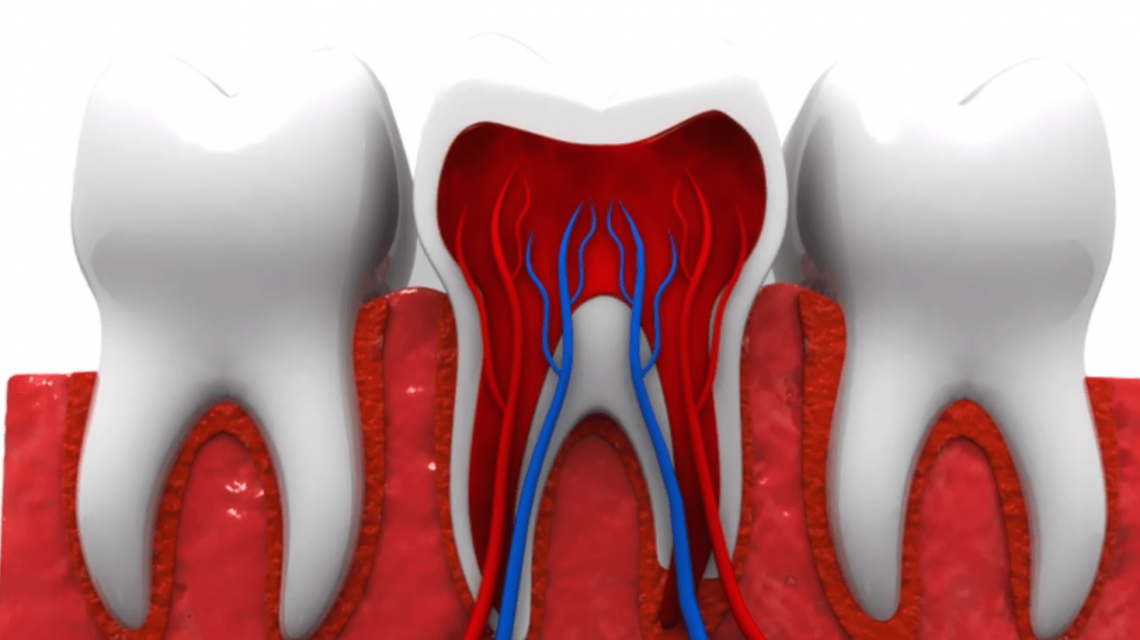Root canal treatment is getting a lot of attention lately in part due to the “Root Cause” documentary. We wrote a two-part blog (Root Cause Analysis Part One and Root Cause Analysis Part Two) specifically about the research and ideas brought up in the film. In this blog, we answer common root canal questions that we receive from patients. If you have specific questions about root canals, don’t hesitate to get it touch!
What is a root canal?
A procedure to remove infected pulp from the inside of a tooth. The “pulp” is the blood vessels, nerves, and connective tissue that form the root of a tooth. Pulp infection is caused by untreated tooth decay. Sources of decay can include an untreated cavity, repeated dental procedures, faulty crowns, a crack or chip in the tooth, or trauma to the tooth.
It’s worth noting that root canal treatment can be avoided by treating tooth decay early on.
Do I need a root canal?
Treatment is needed when the pulp becomes inflamed or infected. If the infection spreads to the bone a root canal or tooth extraction is the only treatment option.
Sometimes root canal treatment is used as a preventative measure. For example, if an existing filling is deep and there isn’t enough healthy tooth structure to restore it, the root space can be used in order to get more retention to stabilize a crown.
What are the benefits?
In addition to alleviating pain and preventing further infection, root canal treatment can also improve chewing, bite, tooth aesthetics, and protects teeth from additional damage.
Are root canals dangerous?
This is the question raised in the Root Cause documentary on Netflix. The short answer is no if performed correctly. For a detailed explanation, have a look at our research and analysis via the links below:
Should root canal treated teeth be extracted?
Root Cause: Netflix Documentary Analysis Part 1
Root Cause: Analysis Part 2- Root Canal
The American Association of Endodontists offers a helpful resource page which includes a video about how root canal treatment is performed safely.
How is a root canal different from a filling?
A filling means we remove decay (if small) and fill the missing tooth structure with material like resin or porcelain. If the tooth decay moves deep enough to infect the pulp of the tooth (where the blood vessels and nerves are) that infected tissue must be removed by root canal treatment first before the external area of decay can be treated with a filling or a crown.
A root canal is different from a crown in that it looks after the inside of the tooth. A crown goes on the outside of the tooth to protect, strengthen, and improve the appearance of the tooth. Root canal treatment is often performed on a damaged or broken tooth. A crown is a great way to provide extra strength and prevent further deterioration.
What are the alternative treatments to a root canal?
The alternative to root canal treatment is extraction. There is no other way to treat the extent of infection. If tooth decay is treated BEFORE it spreads, root canals can be avoided.
If you have any questions about root canal treatment, holistic dentistry, the Netflix root canal documentary “Root Cause”, or are interested to learn more about your particular situation, call 905-338-6684 or fill out the form below to get in touch with Oakville dentist, Dr. Agatha Bis.

